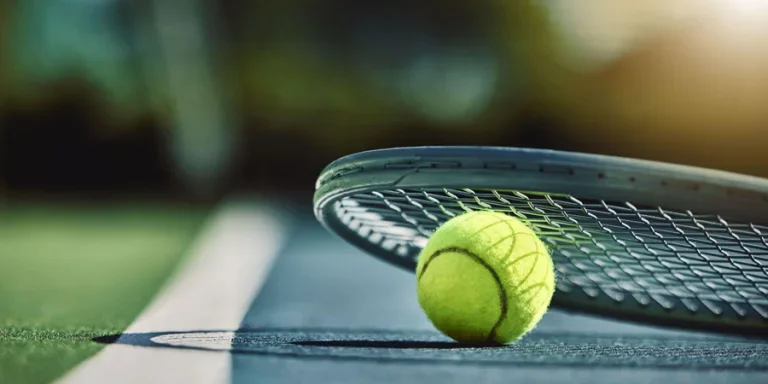Table of Contents
– Introduction
– Tennis Racquet Market Overview
– Key Factors to Consider When Selecting a Tennis Racquet
– Conclusion
Introduction
Selecting the perfect tennis racquet is a crucial decision that can significantly impact the players’ performance on the court. With a wide array of options available in the market, it’s essential for business buyers to consider various factors such as their skill level, playing style, and the racquet’s specifications. This comprehensive guide aims to help you navigate the complex world of tennis racquets and make an informed choice that aligns with your customers’ needs and preferences.
Tennis Racquet Market Overview
The global tennis racquet market is expected to reach USD 433.4 million by 2028, growing at a CAGR of 3.3% from 2022 to 2028. Factors such as increasing interest in tennis, player endorsements, e-commerce growth, and customization options are driving the market’s growth.
The market is dominated by several key players, including Wilson, Babolat, Head, Yonex, Gamma Sports, Dunlop Sports Group, Prince, TecniFiber, Pacific Holding GmbH, Slazenger, and PowerAngle LLC (U.S.). These companies demonstrate a strong market presence and offer a wide range of racquets suitable for players of all skill levels and playing styles. The top 2 players, Wilson and Babolat, occupy about 30% shares of the global market.
In terms of product type, the global tennis racquet market is divided into tweener racquets, power racquets, and control racquets, with the tweener segment being the highest contributor to the market share. Based on string patterns, the market is segmented into open string patterns and tight or closed string patterns, with the open string pattern segment owning the largest market share.
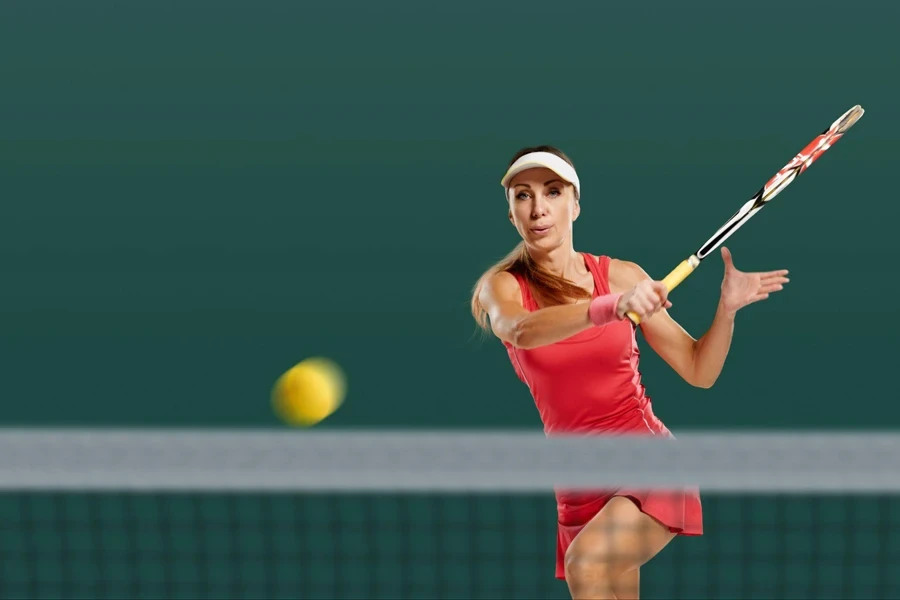
The tennis tournaments at the 2024 Summer Olympics in Paris are scheduled to run from 27 July to 4 August at the Stade Roland Garros. Therefore, business buyers who are interested in this sport should prepare earlier ahead of the event.
Key Factors to Consider When Selecting a Tennis Racquet
Skill Level and Racquet Specifications
The player’s skill level and playing style are the primary factors to consider when choosing a tennis racquet. Beginners generally benefit from racquets that offer more power and a larger sweet spot, while advanced players may prefer racquets that provide more control and precision.
Head Size
The head size of a tennis racquet directly impacts the size of the sweet spot and the power generated. Larger head sizes (over 100 square inches) offer more power and a larger sweet spot, making them ideal for beginners. Smaller head sizes (under 100 square inches) provide more control and are preferred by advanced players.
Most commercial tennis racquets today have head sizes of 98 or 100 square inches, but you can find racquets ranging from 85 to 135 square inches. In general, a smaller head size offers more control, while a larger head size provides more power and forgiveness.
For beginners and intermediate players, a head size of at least 100 square inches is recommended. The increased surface area of the strings improves margin for error, enhances power, and makes it easier to learn the game. Oversized racquets with head sizes larger than 107 square inches are particularly beneficial for beginners, as they provide a larger sweet spot and more forgiveness on off-center hits.
As players progress and develop more solid technique, a slightly smaller head size of 98-100 square inches becomes ideal. These “tweener” racquets strike a balance between power and control, allowing intermediate players to start generating their own pace while maintaining stability.
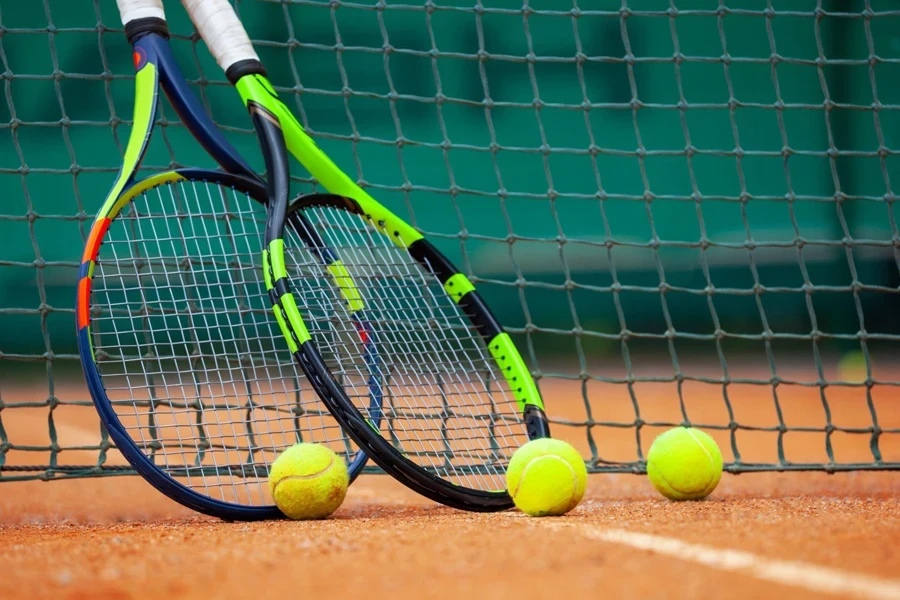
Advanced players with full, fast swings typically prefer traditional player’s racquets with smaller head sizes of 95-98 square inches. The compact hitting area provides ultimate precision and control, which is crucial for advanced players who consistently hit shots in the center of the racquet face. However, some modern player’s racquets now feature slightly larger head sizes up to 100 square inches to add power and spin potential without sacrificing control.
Weight and Balance
Racquet weight and balance significantly influence maneuverability and stability. Lighter racquets (under 11 ounces) are more maneuverable, aiding in power generation and suitable for players with quicker swings, beginners, and juniors. However, they may offer less stability against powerful shots and increase shock to the arm.
Heavier racquets (over 11.5 ounces) ensure greater stability and control, favored by advanced players for their solid feel and ability to manage pace. While offering better shock absorption, their downside includes less maneuverability and the possibility of arm fatigue in prolonged play.
Balance-wise, racquets can be head-light (weight towards the handle for better maneuverability), head-heavy (weight towards the head for more power in lighter racquets), or evenly balanced (a middle ground between power and maneuverability). This variety accommodates diverse playing styles and preferences, emphasizing the importance of selecting a racquet that complements one’s technique and physical capabilities.
Length
Standard adult tennis racquets are typically 27 inches long, striking an optimal balance between power, control, and maneuverability. However, models up to 29 inches are available, offering greater reach and leverage, particularly beneficial for serves and extended plays. These extended-length racquets may improve serve speed and angle by allowing higher ball contact, and aid in reaching distant shots more effectively.
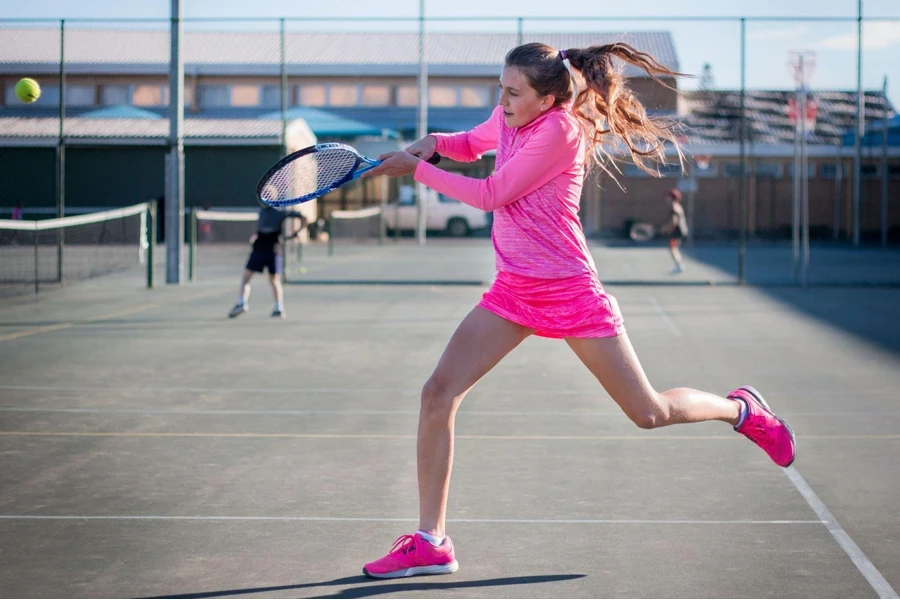
Yet, the benefits come with trade-offs. Longer racquets can be less maneuverable, making quick adjustments harder and potentially feeling less stable, especially on off-center hits. The increase in length can also affect the racquet’s balance and swing weight, possibly leading to reduced control and more arm fatigue, especially for those with shorter swings.
While the standard 27-inch racquet suits most players well, taller individuals or those seeking a serve advantage might consider longer models. Choosing the right racquet length is a personal decision, and players are encouraged to demo different sizes to find the best fit for their style and physique. Despite the potential advantages of longer racquets, the standard length remains preferred by most for its overall performance.
String Pattern
The string pattern of a racquet influences spin and control. Open patterns (16×19 or 16×18) enhance string movement, offering more spin and a forgiving feel, ideal for players seeking power and topspin. Dense patterns (18×20) provide greater control and precision, with a stable string bed that’s beneficial for players valuing accuracy and consistency.
Open string patterns are chosen by players who favor heavy topspin and aggressive play, as they allow the ball to drop quicker and offer a larger margin for error. However, they may lead to reduced control and faster string wear due to increased movement and friction.
Dense string patterns, offering a firmer feel and more predictable ball trajectory, are preferred by players focusing on precision and maintaining rallies. While they offer less power and spin, they’re durable and less likely to transmit shock, appealing to serve-and-volley players and those prioritizing shot accuracy.
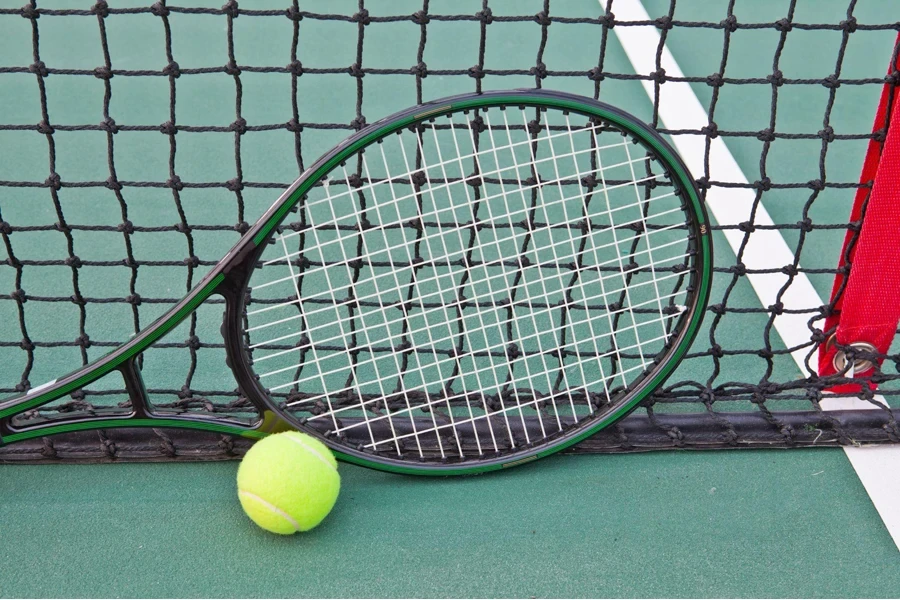
Comfort and Feel
The comfort and feel of a tennis racquet are subjective factors that vary from player to player. It’s essential to choose a racquet that feels comfortable in the hand and doesn’t cause any strain or discomfort during play. Many racquets come with vibration dampening technologies to reduce shock and improve comfort.
Many modern tennis racquets feature vibration dampening technologies to improve comfort and reduce the risk of injury. These technologies work by absorbing or dissipating the shock waves that travel from the strings to the handle upon impact. Some common vibration dampening features include:
1. Shock sleeves or grommets: These are rubber or silicone inserts that sit between the strings and the frame at the point of contact. They help to absorb and dampen vibration before it reaches the handle, providing a softer, more cushioned feel.
2. Kinetic inserts: These are movable weights or chambers located within the racquet handle. They work by counterbalancing the vibration generated at impact, reducing the amount of shock transmitted to the hand and arm.
3. Viscoelastic materials: These are specialized materials, such as urethane or Kraibon, that are integrated into the racquet frame or handle. They have unique properties that allow them to absorb and dissipate shock waves more effectively than traditional materials like graphite or titanium.
4. String dampeners: These are small devices that can be attached to the strings, usually at the bottom of the string bed near the handle. They work by altering the string vibration and reducing the duration and amplitude of the shock waves. Some popular string dampeners include rubber bands, worm-shaped devices, and small plastic clips.

Conclusion
Choosing the perfect tennis racquet is a personal journey that requires careful consideration of a player’s skill level, playing style, and preferences. By understanding the key factors that influence a racquet’s performance and exploring the top picks for 2024, you can make an informed decision that will elevate the game to new heights. Remember, the ideal racquet is the one that feels comfortable, enhances the strengths, and complements the style on the court.
Don’t forget to click the “Subscribe” button to stay updated with more articles that align with your business needs and interests on the Alibaba Reads sports blog.
